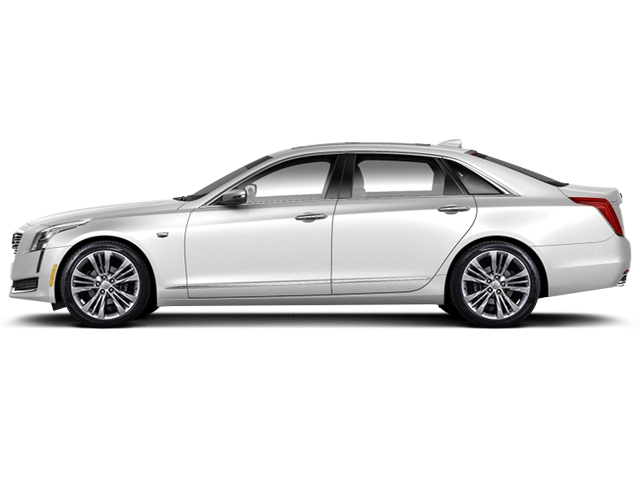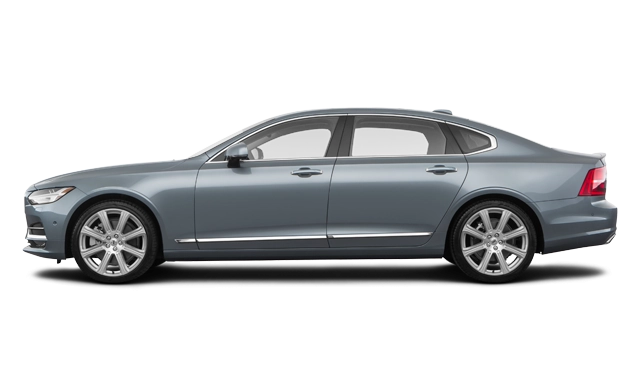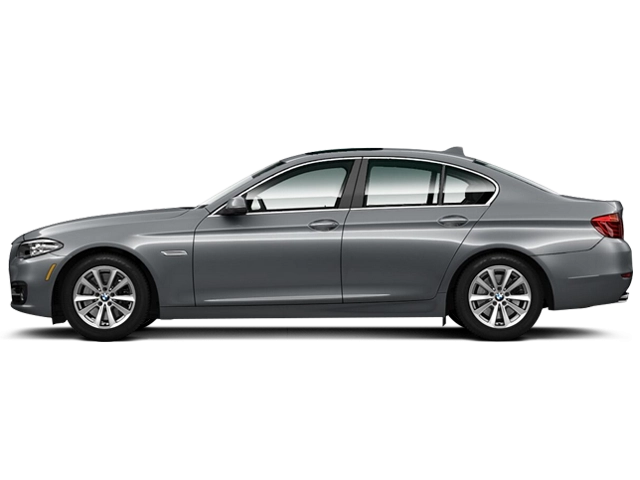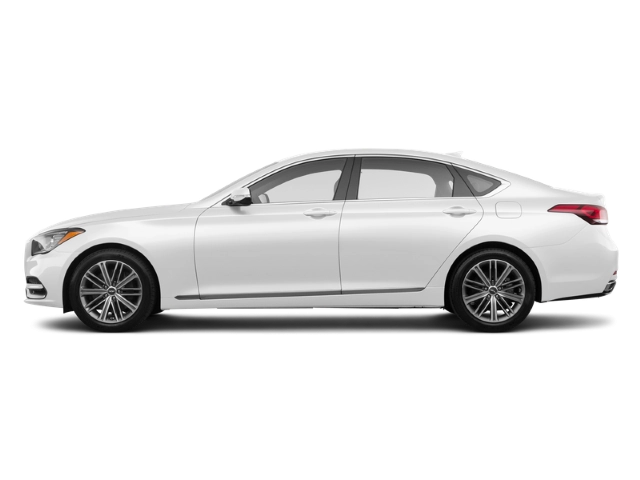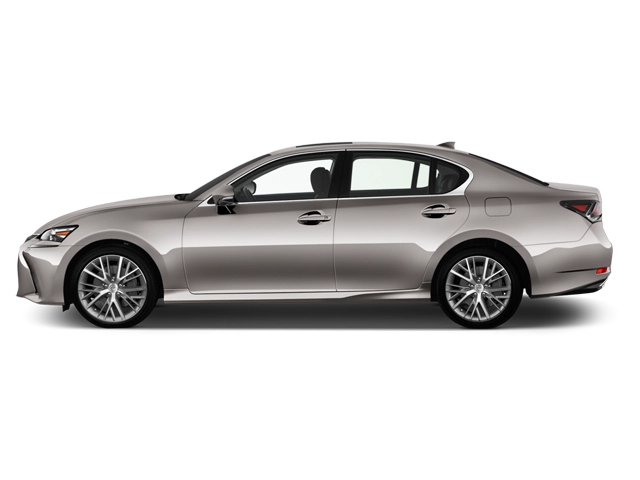Mercedes-Benz E Class owners manuals
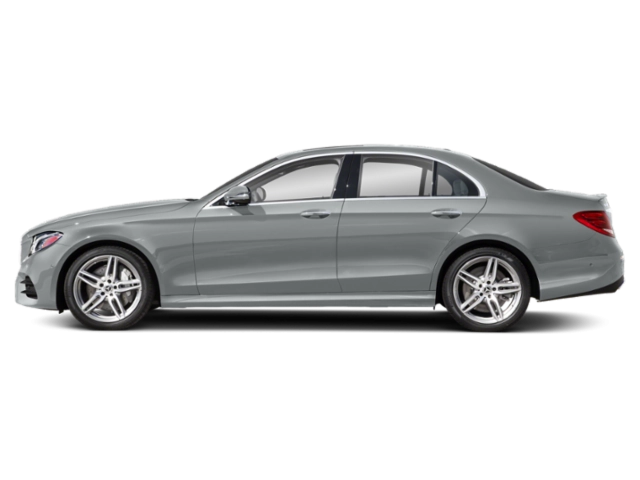
(owner manual)

(owner manual)

(owner manual)

(owner manual)

(owner manual)

(owner manual)

(owner manual)

(owner manual)

(owner manual)

(owner manual)

(owner manual)

(owner manual)

(owner manual)

(owner manual)

(owner manual)

(owner manual)

(owner manual)

(owner manual)

Mercedes-Benz E Class specs
Owner Manual
The Mercedes-Benz E-Class owning manual is a very crucial manual that offers ample details on how to operate, maintain and the features of this luxurious car. It is the main source of the information about the myriad of functions present in the E-Class including basic operation and sophisticated technological possibilities. It is advisable that the owners also consult the manual because it has valuable information in terms of safety and taking care of the vehicle, which will last.
Model Overview
Mercedes-Benz E-Class is known by the combination of the performance, comfort and the advanced technologies. Being one of the representatives of the luxury sedan segment, it comprises a variety of models, such as sedans, coupes, convertibles, and wagons. Both designs are luxurious with the latest technology. The major characteristics are the large interior, nimble handling, and a set of safety systems such as Active Brake Assist and Mercedes-Benz User Experience (MBUX) that improves interaction with infotainments among the drivers.
Trims
The E-Class is availed in diverse trims to meet the different tastes and requirements. The model range normally consists of the E350, E450, and AMG models which have various features and engine performance. The E350 provides a toned blend of strength and efficiency whereas the E450 improves the performance by adding a turbocharged engine and all-wheel drive. The AMG E53 and E63 models are performance-oriented versions that will appeal to the others who still want to have sportier experiences without compromising on luxury.
Known Problems
Although the car in question, the Mercedes-Benz E-Class, is the representation of the luxury and performance, it also has its peculiarities. Most problems reported by enthusiasts are electrical in nature especially the malfunction of infotainment system or the electronic parking brakes. There have also been reports about premature brake pad wear and inability of the air conditioning system to work optimally by some of the owners. Frequent diagnostic and inspection is promoted to alleviate the same.
Maintenance Tips
In order to maintain your E-Class in its best condition, consider the following tips of maintenance: First, do not neglect the recommended intervals of service, as mentioned in the owner manual, such as in the process of oil changes, brake inspection, and tire rotation. Secondly, periodically inspect and monitor the level of fluids, such as coolant, brake fluid, and transmission fluid. You must make sure that you use original parts of Mercedes-Benz that are compatible and of quality when replacing them. Finally, monitor the quality of your tires, brakes, and battery and ensure that you address the issues as they arise to prevent more serious issues in the future.
FAQs
What is the fuel economy of E-Class?
Depending on the model, the fuel economy is not the best, although, as a general rule, the E-Class can be rather competitive in terms of fuel consumption, and hybrids offer even more fuel-efficient models.
What is the frequency of servicing my E-Class?
As per instructions in the owner manual, the E-Class should be serviced after every 10,000 miles or year as a recommendation.
Is the E-Class well equipped in safety?
Yes, the E-Class comes with plenty of modern safety systems such as adaptive cruise control, lane-keeping assist and collision prevention systems.
What fuel is needed on the E-Class?
The majority of E-Class model use premium unleaded to get the optimum performance, but it is important to refer to the owner manual to get the requirements of the model.
Mercedes-Benz E Class PDF owner manual
Mercedes-Benz E Class competitors
Mercedes-Benz E Class Manual Questions
Fill the form below and someone will help you!

